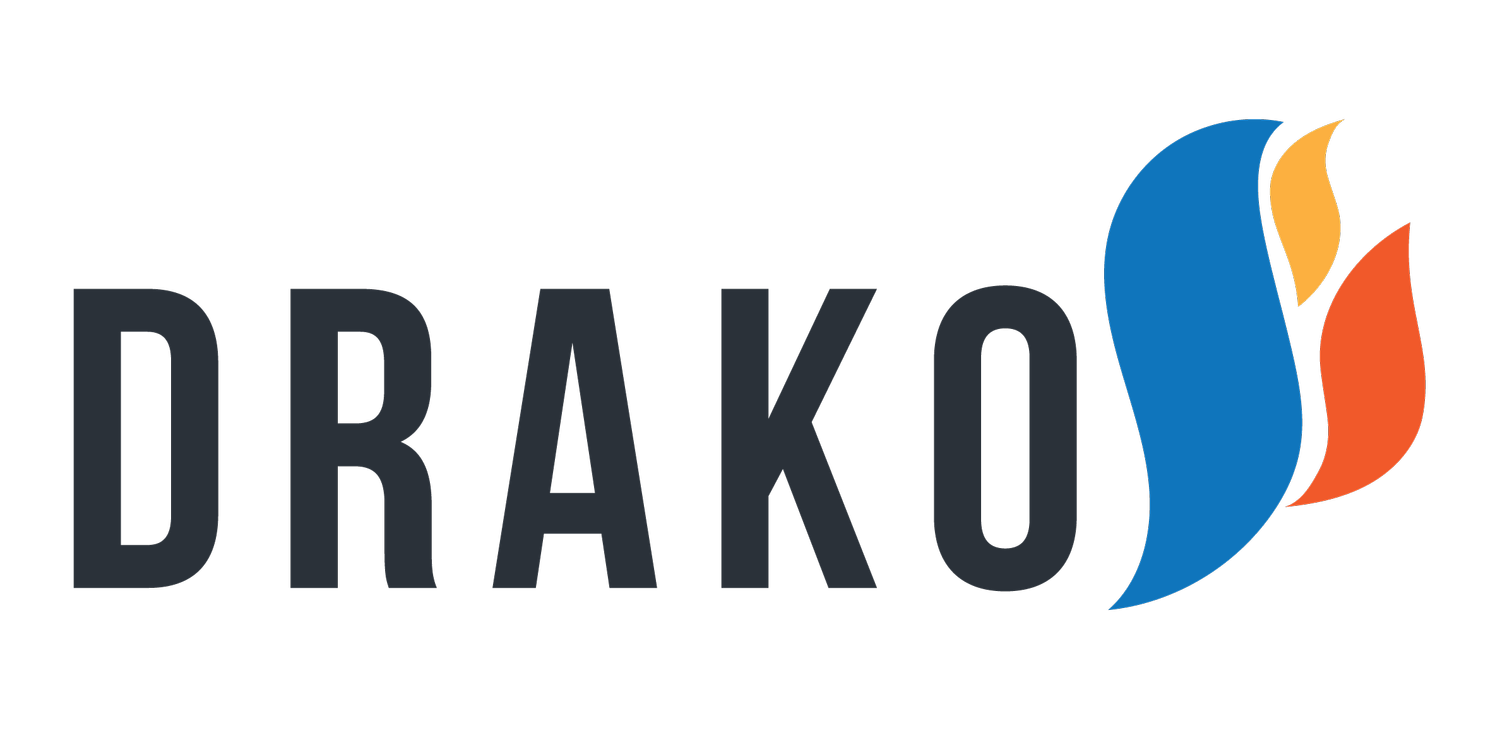How Are Advertisers Preparing for Cookieless?
Marketers are preparing for the death of cookies, but what alternative tactics are getting the most traction? The two most popular solutions, first-party data and contextual targeting, deserve further exploration. Fully 68% of programmatic buyers say that they are implementing and growing “first-party data collection strategies” while 53% say they are working to collect and scale “contextual targeting signals.”
Contextual targeting is considered one of the simpler solutions to set up, marketers rated it a 3.06 (with 5 being the most difficult and 1 being the simplest). Despite the ease of implementation, when it came to overall effectiveness contextual received a middle-of-the-road rating. First-party data collection on the other hand was ranked among the most difficult tactics to set up (at a 3.98), but it was also rated far and away the most effective cookieless solution.
This trade-off between simplicity and effectiveness explains why the same proportion of buyers (65%) plan to continue pursuing both contextual targeting and first-party data strategies into 2022. However, advertisers who are able to implement and scale a reliable first-party data strategy will be among the best positioned when it comes time to shift away from third-party audiences.
Newswire - August 2021
Lockdowns are coming to a close, and digital out-of-home advertising (DOOH) is exploding in popularity as advertisers attempt to reach consumers spending less time at home (or on a screen). Logistics aren’t the only reason for this sudden upswing -- DOOH is a programmatic strategy that relies on contextual targeting and probabilistic modeling, making it a great option for the many marketers concerned about the future of third-party data options. (Adweek)
While paid TV and movie streaming services proliferate (and become more expensive), recent research shows that 67% of consumers would prefer some type of ad-supported streaming over paid platforms (compared to 33% that prefer ad-free paid options). This is promising news for the future of CTV advertising, but it comes with a critical caveat: Too many ads, and viewers will certainly go elsewhere. (Hub Research Insights)
Local media buying has come back strong after being hit hard early in the pandemic, but this rebound has not been evenly distributed as the vast majority of recovery and growth has taken place in digital. A report sampling the last few years of sales data from local media agencies illustrates this point: Those that focused the most on offering digital options generated an average $1.46 million in sales, while the “digitally struggling” only cleared $43,000. (Digiday)
Once a Day, or Twice an Hour?
Frequency caps are a useful tool to help programmatic advertisers control the pacing and reach of their ad campaigns -- but it can be difficult to know when and how to use them. The application and stringency of frequency caps depends on campaign settings like audience size, budget, length of flight, and the chosen type of creative.
Most regular banner campaigns benefit from increased repeat impressions and (depending on the campaign settings) would want to employ high frequency caps, or even none at all. These types of ads are not particularly intrusive, and repeat exposure can help keep brands and products top-of-mind.
On the other end of the spectrum are video creatives like pre-roll or CTV. Even with the most precise targeting, these ads can quickly become repetitive or even annoying to users who see them too often. Online advertisers preparing to launch video campaigns should be sure to consider frequency caps among other key campaign settings like budget and flight dates.
Newswire - July 2021
Gaming apps have a surprisingly strong presence on many leading CTV platforms -- even when they represent a lower share of the total applications for download, they more than make up for it in terms of overall usage. Gaming apps are more accustomed to working within a programmatic context and are more likely to run ads than video streaming apps, making this a category of CTV inventory to keep an eye on. (AdExchanger)
Google has again come under fire for antitrust violations, with market regulators in several countries claiming that the company has used monopolistic practices to favor its own publishers and ad marketplace. This latest ruling deals yet another blow to the highly-scrutinized, “walled garden” ecosystems like those of Google, Facebook, Amazon, and Apple. (Adweek)
While two-thirds of marketers believe that contextual targeting will grow in importance over the next year, a nearly equal share are concerned about their ability to accurately target contextually without first-party data. Although first-party data will likely become the gold standard for post-cookie audiences, contextual targeting remains an invaluable strategy for advertisers who lack the resources or capability to create a custom audience for every campaign. (Captify)
Newswire - June 2021
Nearly half of advertisers and agencies anticipate spending more this year on “identity resolution,” the process of collecting and matching user identifiers across devices and touchpoints, while only 3% plan to spend less. As cookies crumble and user tracking becomes more elusive, delivering a personalized, contextually relevant message is growing increasingly complex. (Pubmatic)
Google has released more information about its proposed cookieless solution “FLoC,” a new approach that assigns users to cohorts based on similar interests. Google claims that this “privacy-first,” approach will appeal to consumers, but privacy advocates say the company would maintain too much control over user data and categories -- meanwhile, advertisers have voiced concerns about the potential inaccuracy of depersonalized tracking information. (Wired)
Users spent more time with digital audio media in 2020 than ever before, unlocking new insights about audio listeners: They skew younger and they tend to pay-attention (particularly podcast listeners.) These demographic and usage insights are sure to entice advertisers to consider a relatively new category in digital advertising, the “screen-free” audio ad. (Digiday)
IOS is i-ok
The recent changes to Apple’s iOS 14.5 tracking settings have prompted many questions, particularly from marketers wondering how these updates will affect their ability to target and optimize their ads.
Some advertisers are worried about the higher opt-out rates for ad tracking, although preliminary reports show that initial concerns may have been overblown. Other programmatic buyers have brought up the lower overall number of device IDs in the digital ad space as a possible roadblock.
Marketers can mitigate these risks by keeping in mind a few key tactics: Improved matching between users’ at-home IP addresses and mobile device IDs can help grow a potential audience of Apple users. Within a campaign, leveraging cross-device capabilities can ensure that reach and scale are maintained. Ad buyers working with custom-built audiences should confirm that their data providers are working to grow the overall number of devices they have access to.
Partnering with The trade desk for uid 2.0
This integration with UID 2.0 further future-proofs DRAKO's addressability solutions offered through Euklid, DRAKO's audience management platform.
Drako in the news
Tracking the Spread of COVID-19
Data from millions of cell phones show how spring break was a catalyst for the pandemic in Quebec.
Anatomy of a region in lockdown
While distances travelled shrank dramatically overall because of COVID-19, peoples’ movements varied hugely within the capital region.
Tracking Pandemic with Cellphones
Find out how we use aggregated data lists to monitor hotspots in cities like Montréal.




